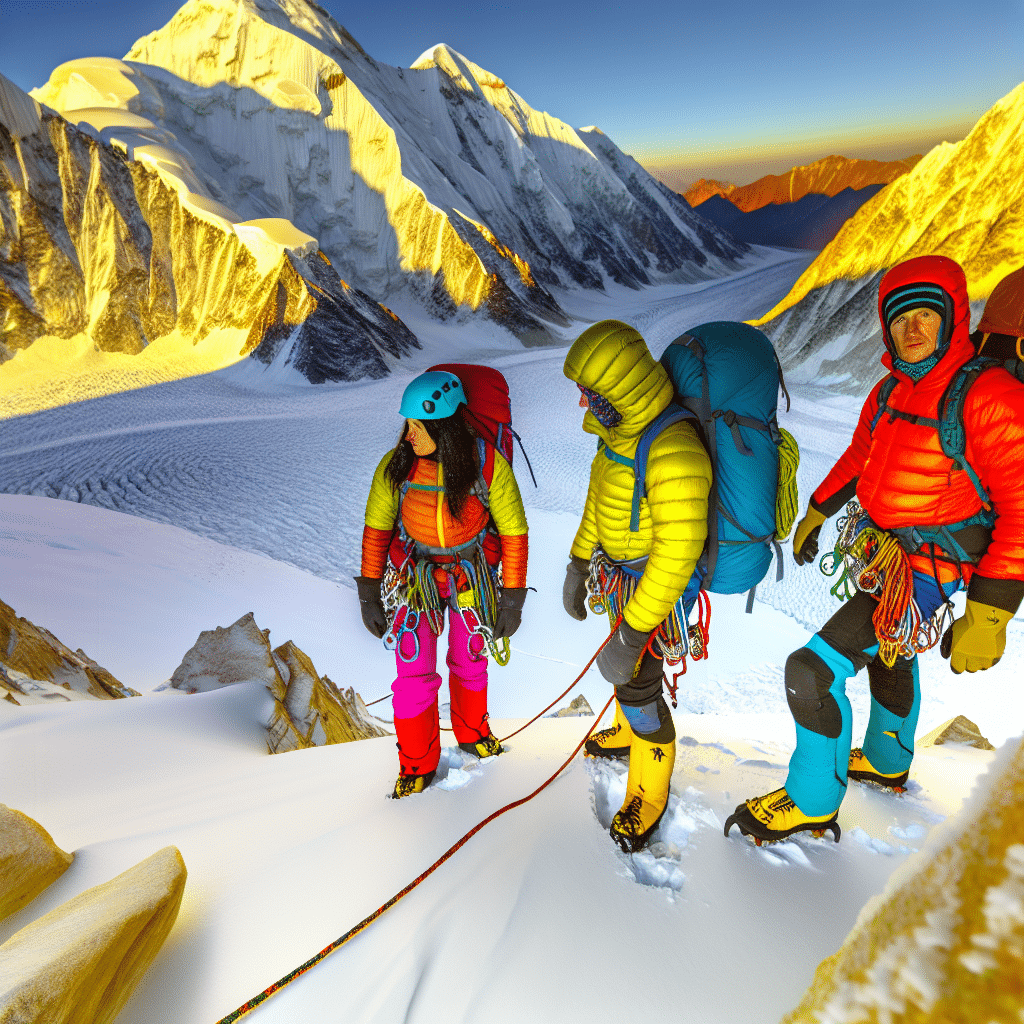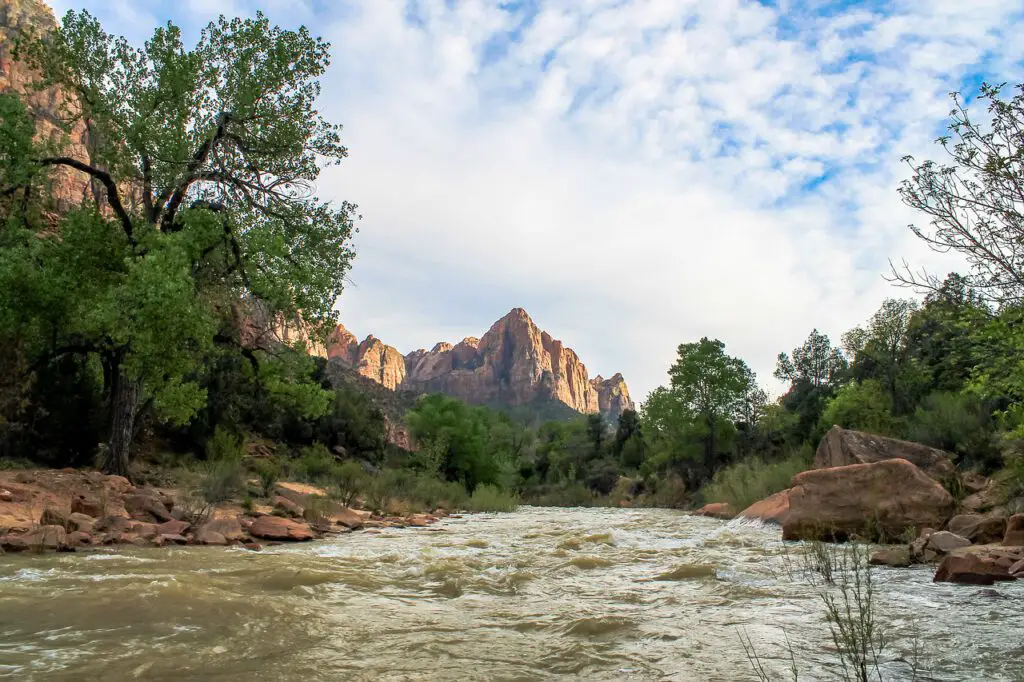What is Mountaineering?
Mountaineering, often referred to as alpinism, is the challenging and exhilarating pursuit of climbing mountains. It combines hiking, climbing, and sometimes even skiing to reach the summit of a peak. Unlike simple hill walking or trekking, mountaineering often involves technical skills, specialized equipment, and comprehensive knowledge of the terrain and weather conditions. But what exactly draws people to this demanding yet rewarding sport?
Why Do People Mountaineer?
The Call of the Mountains
For many, mountaineering is more than just a sport; it’s a passion and a way to connect with nature on a profound level. The journey to the summit offers a unique blend of serenity and adrenaline, a combination that attracts adventurers from all walks of life. Reaching the top of a mountain provides a sense of accomplishment unmatched by any other activity. The views are breathtaking, and the experience is transformative.
Mental and Physical Challenges
Mountaineering requires both mental toughness and physical endurance. The sport demands rigorous training and preparation. Climbers must be in peak physical condition to withstand high altitudes, cold temperatures, and sometimes, extreme weather conditions. The mental challenge is equally formidable, as climbers need to stay focused, make quick decisions, and often push through fear and uncertainty.
Essential Skills and Equipment in Mountaineering
Technical Skills
Mastering the technical aspects of mountaineering is crucial for safety and success. Skills such as rock climbing, ice climbing, and crevasse navigation are often prerequisites. Knowing how to use equipment like ropes, crampons, and ice axes can make the difference between a safe ascent and a perilous situation.
What Gear Do You Need?
The right gear is indispensable in mountaineering. Climbers typically carry an array of specialized equipment, including harnesses, helmets, carabiners, and belay devices. Proper clothing to withstand variable weather conditions, high-quality boots, and durable backpacks are also essential. Many mountaineers use GPS devices and maps for navigation and carry emergency supplies just in case.
Famous Mountaineering Destinations
Mount Everest: The Ultimate Challenge
No discussion of mountaineering would be complete without mentioning Mount Everest, the world’s highest peak. Located in the Himalayas, Everest attracts climbers from around the globe, each hoping to stand on the “roof of the world.” However, the climb is incredibly demanding and requires months of preparation.
Other Noteworthy Peaks
Besides Everest, other famous mountaineering destinations include K2, known for its extreme difficulty, the Eiger in the Swiss Alps, and Denali in Alaska. Each of these mountains presents unique challenges and requires different skill sets to conquer.
Mountaineering and Environmental Concerns
The increasing popularity of mountaineering raises concerns about its environmental impact. Mountains are fragile ecosystems, and the influx of climbers can lead to pollution and degradation. It is crucial for mountaineers to practice Leave No Trace principles and contribute to conservation efforts to preserve these natural wonders for future generations.
Conclusion
Mountaineering is not just a sport; it’s a journey of self-discovery and an opportunity to connect deeply with nature. The challenges are immense, but so are the rewards. Whether you’re scaling the heights of Everest or exploring lesser-known peaks, mountaineering offers an unparalleled adventure that pushes the boundaries of human capabilities. So, the next time you hear the mountains calling, will you answer?




